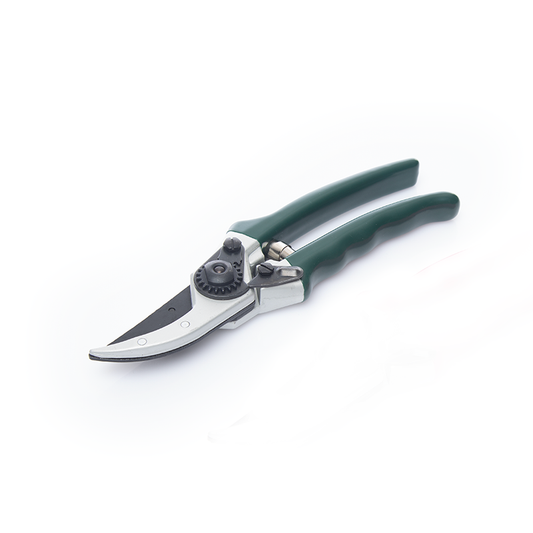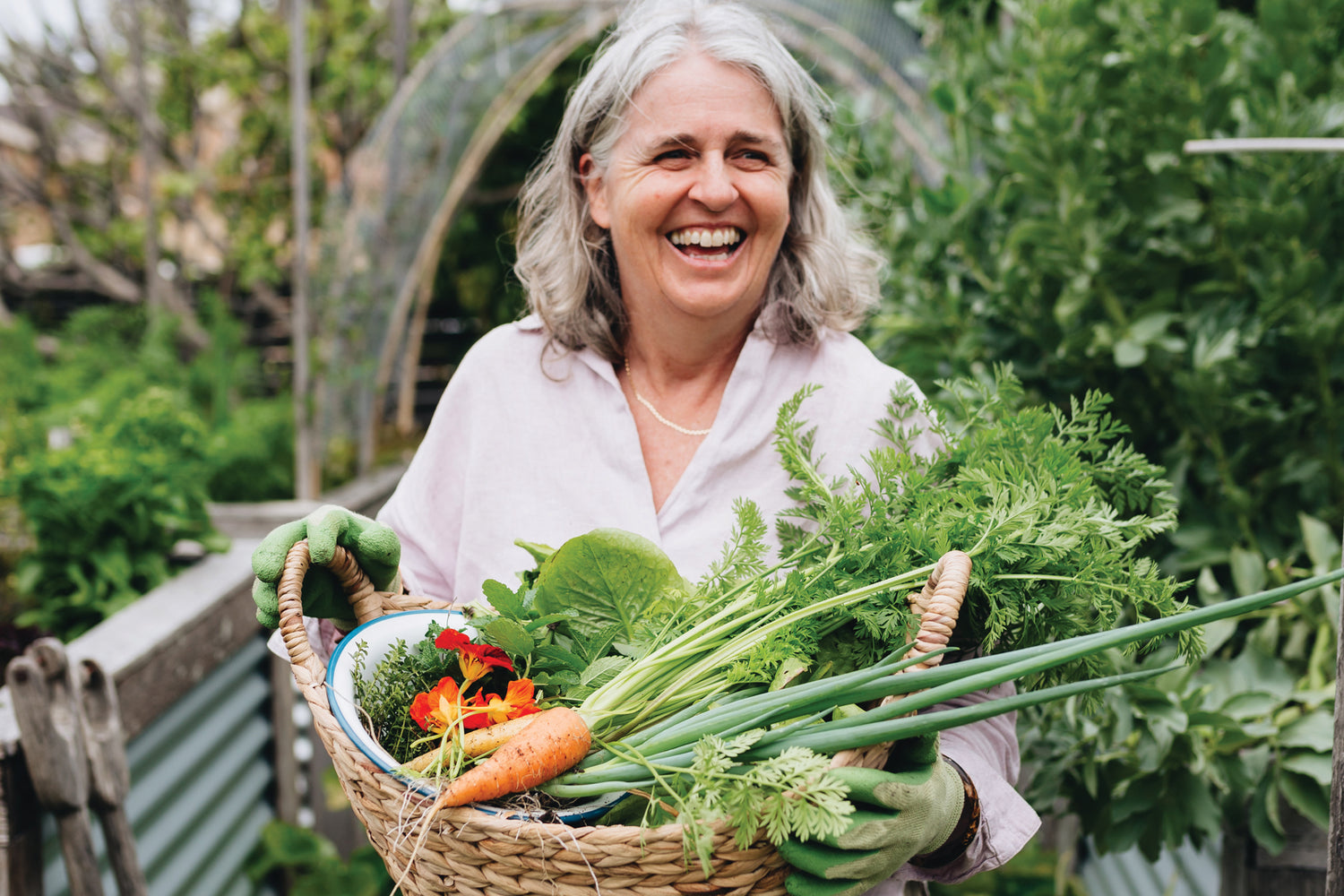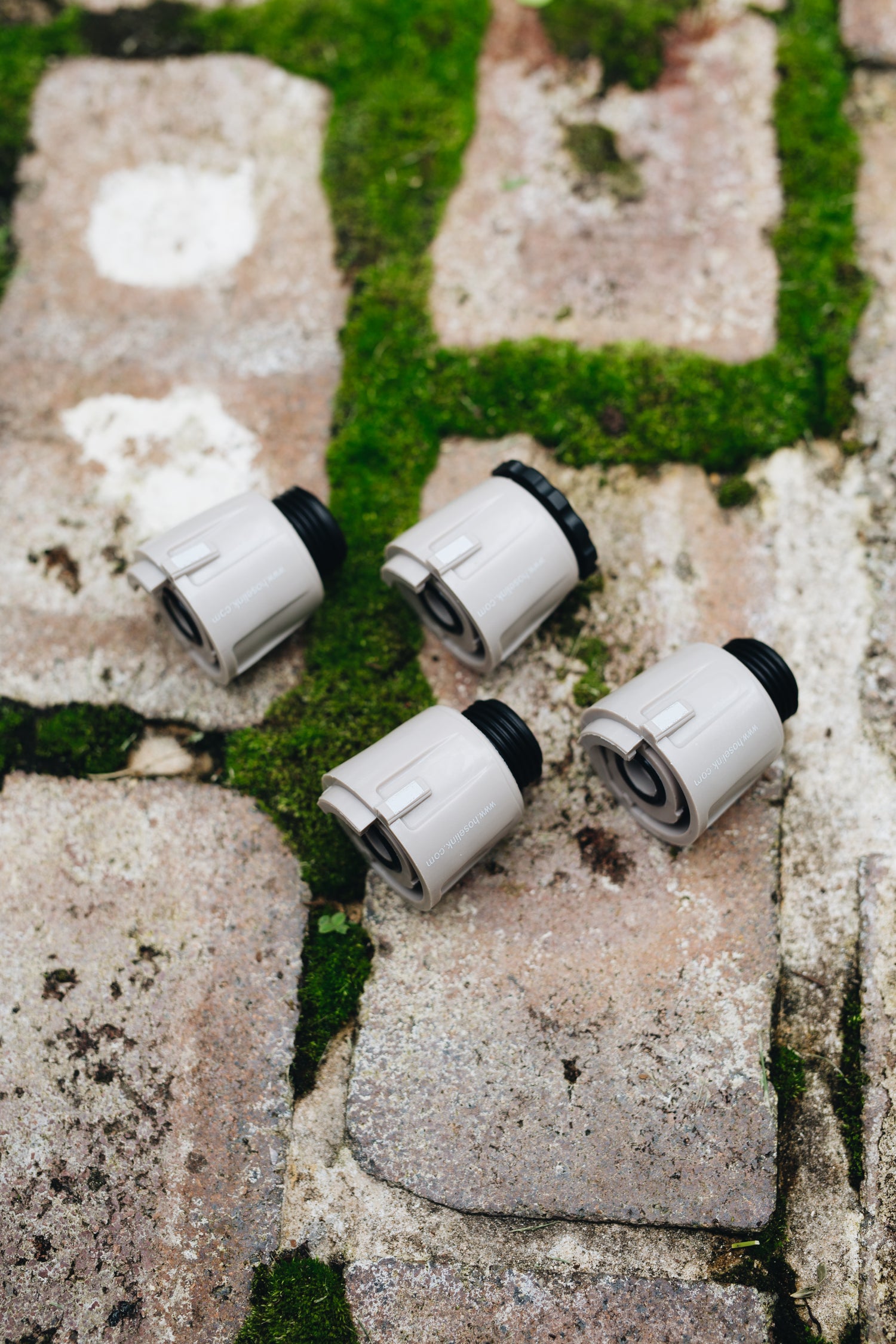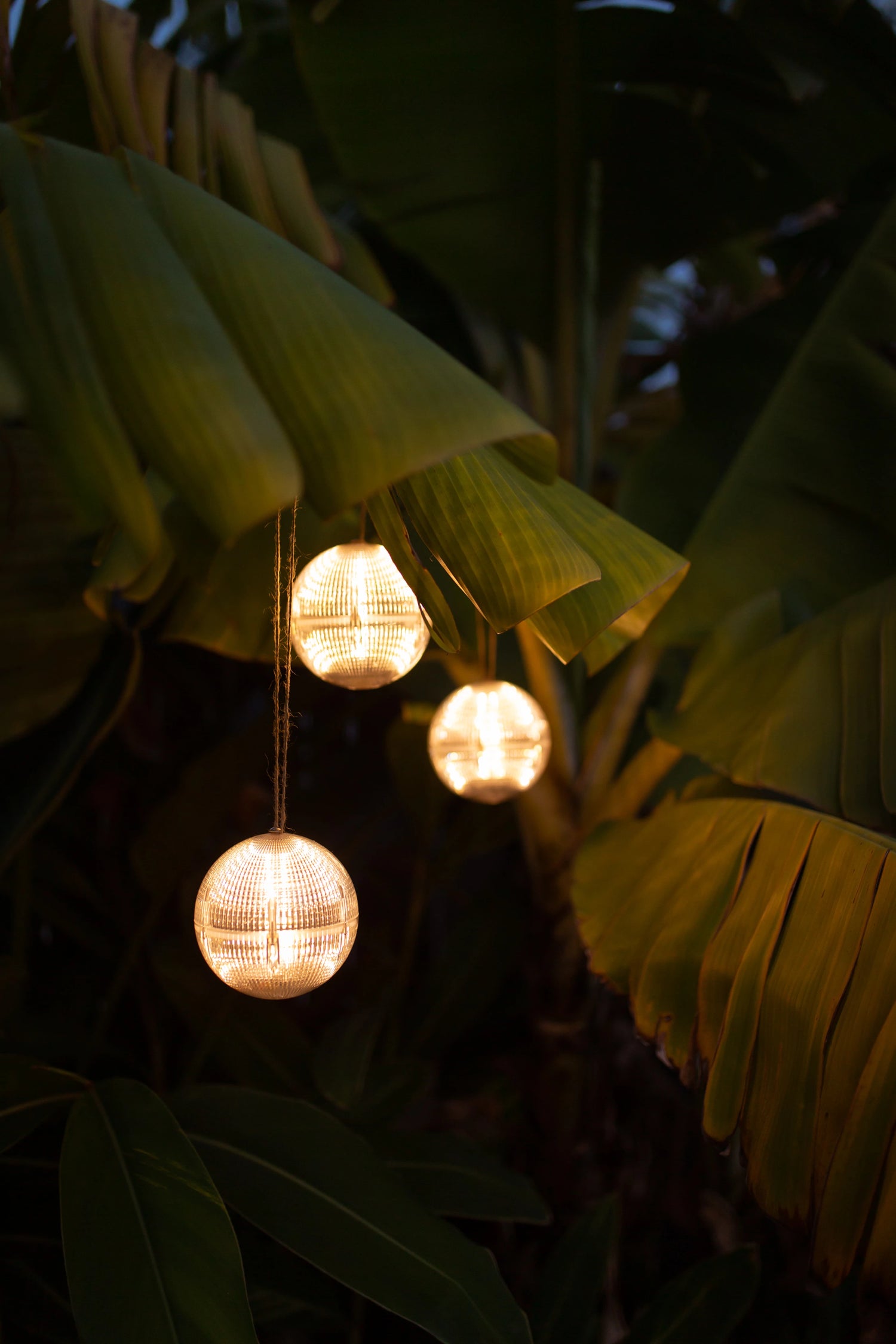As much as I love spring gardening, my most productive and favorite gardening season is the fall. After the gardening limitations imposed by the summer heat, fall's arrival brings abundant possibilities to the garden.
While spring and summer gardens get the most recognition, autumn's cooler temperatures bring relief from pests and diseases.
There has been no break from the heat for the past three months, it has been hot. Houston, TX, has been roasting at an average “feels like” temperature of 102°F during July and August. It is safe to say that I have been looking forward to September and for fall to roll around.
Gone are the days of daily watering struggles under the sun. Instead, the garden becomes my place to retreat for hours, yielding what could easily be the year's most bountiful harvest.
In this month's blog, let's explore my gardening plans for the fall and some tips to keep your garden producing non-stop.


What I’m planting this month (Sept)
Down here on the Gulf Coast, in Houston, TX, Zone 9, September is the first time in 6 months that you can add some variety to your garden. And I plan on doing just that.
With the cooler temperatures set to roll in this month, my focus shifts to planting my first round of leafy greens in the garden. Especially the category of greens called Asian greens. Asian greens are high in Iron, calcium, Manganese, Potassium, and phosphorus. They also have high levels of Vitamins A, C, and K. These powerhouses deserve a place on the superfood list. While Bok Choy has been a yearly staple, this year, the allure of Asian greens will comprise around 80% of my leafy greens.

- Lacinato Kale—This variety is also known as Dino kale. This is my absolute favorite variety of kale to grow. It has a sweeter flavor than other curly-leaf kale varieties. It takes around 60 days to go from seed to full maturity, but like other greens, it can be harvested before reaching full maturity. Make sure whenever you harvest that you remove the lower leaves first. Avoid harvesting the top leaves.
- Fordhook Swiss Chard—This is a staple in my garden because it is one of those crops that will grow from September to July. These nutritious dark green leaves with white stems are ready to harvest from seed in around 50 days from planting.
- Tendergreen Mustard Greens—I grew this variety for the first time around six years ago, and ever since then, it has been a staple in my fall garden. This Japanese green is not spicy like a common mustard green. The flavor is closer to spinach than a mustard green. It is cold and heat tolerant but performs best in zone 9 from September to March. Plant it now, and you will harvest leafy greens before the end of October.
- Malabar Spinach- is a fast-growing, vining spinach that can take over your garden. This warm season, green stops producing when the temperature drops below 60F, which means it will continue to produce until the end of November.
- Red Amaranth- Also known as Yin Choy, a relative of Jamaican Callaloo (which I know very well and grow every summer), is a heavy-yielding green. Its consistency resembles spinach and is often used in Asian stir-fry dishes.
- Gai Lan- is a dark green vegetable with thick stalks that taste like broccoli. It does not produce the big heads like standard broccoli; it is not even actually broccoli at all. It is more closely related to cabbage, collards, and kale.
- Summer Squash- Romanesco, Black Beauty, and Max Gold. In zone 9, spring and summer planted summer squash crops are often destroyed by the Squash Vince borer. Since this pest is only active through the first half of the summer, fall-planted summer squash should produce well without any pest problems.

Every fall growing season, my goal remains the same: harvest a salad big enough to feed my family daily. With all the varieties I am planting, I should be able to achieve that goal.
What am I HARVESTING this Month:
- Basil—Year after year, basil shows up, puts on a show in my summer garden, and wins the number-one producer spot. This year is no different. Tulsi and the Genovese have been the stars of the show. To preserve these harvests so that they are accessible year-round, my dehydrator has been working non-stop since May.
- Peppers- One thing that hasn’t stopped producing this summer despite the consistent triple-digit temperatures is the pepper plants. Scotch Bonnets, Habaneros, Serranos, and Jalapenos. Can you tell that I am a fan of spicy food? What do you do when you’re consistently harvesting pounds of peppers? You dehydrate them and turn them into spices for soups when the weather cools off.
Don’t think you must have a dehydrator to dry out the peppers. You can thread the peppers on a string and hang them in a dry area with good airflow and sunshine. Or you can use your oven. Place the peppers on a baking sheet in a 150 F oven until dry.


What Did/ Didn’t Work
This summer, I decided to grow single-stem tomatoes. While I got a respectable harvest, it was far from what I expected. Even though the tomato plants produced, I made the mistake of planting them in a 3’ tall raised bed. By the end of March, the plants were over 9’ in the air, and I needed a small ladder to harvest and care for the plants.
Summer Squash. In zone 9, if you want to plant summer squash in the spring or summer, you better be prepared to battle with the squash vine borer. This year, I lost. I had a horrible summer squash harvest. I planted five plants and probably harvested five squash total from all five plants before the borer decimated my crops. Not to worry. Due to our mild climate during the fall gardening season, you can grow summer squash from August until November. The past part is you won't have to deal with the borer because they are only active during the late spring and summer.

What worked well in my garden were the Suyo long cucumbers. They were the ultimate stars of my summer garden. With only two plants, I harvested cucumbers from late April until late August, when the plant was removed to prep for fall tomatoes.


What else am I doing around the garden?
Before planting the fall garden, you must prep the planting space. Follow these four steps to prepare your garden correctly.
- Remove spent plants that are no longer producing. Rather than pulling out the entire plant and the root mass, try cutting the plant at its base. Leaving the root mass to decompose and break down in the soil is a great way to avoid disturbing the microbes in the soil.
- Amend the soil with organic amendments or a slow-release fertilizer. If you grew heavy feeders, like squash, tomatoes, or melons, in the same garden space, then more than likely, the macronutrients need to be replenished. Sprinkle the fertilizer over the bed and work it into the top 3” of the soil. Don’t forget to water your organic fertilizer with your hose link after applying it to the soil.
- Cover the garden beds with mulch and allow the fertilizer to revitalize the soil.
Try applying these three steps to your garden 1-2 weeks before planting your seeds or transplants.

I am also preparing to convert my front yard lawn into a food forest. I am starting that project this month. I will use the no-dig method to prepare the front garden for October.
Finally, I will be planting a few different fig trees in containers. Everywhere I lived before this garden, I had a fig tree. Not having one here made me realize how much I enjoy the fruits, whether fresh or preserved.
September is the time for us gardeners in Zone 9 to get active again. As the heat from summer starts to wind down, the options of what to plant become limitless. So, before you get overwhelmed, plan what you want your garden to look like over the next few months. Don’t be in a rush to plant your garden. Don’t be afraid to practice succession planting. Until next month, get your hands in the soil and JUST GROW IT.
If you enjoyed this blog and would like to see more from Timothy, you can visit his YouTube channel via this link:
https://www.youtube.com/@BigCityGardener
Want more from Big City Gardener? Visit their channel by clicking here.











